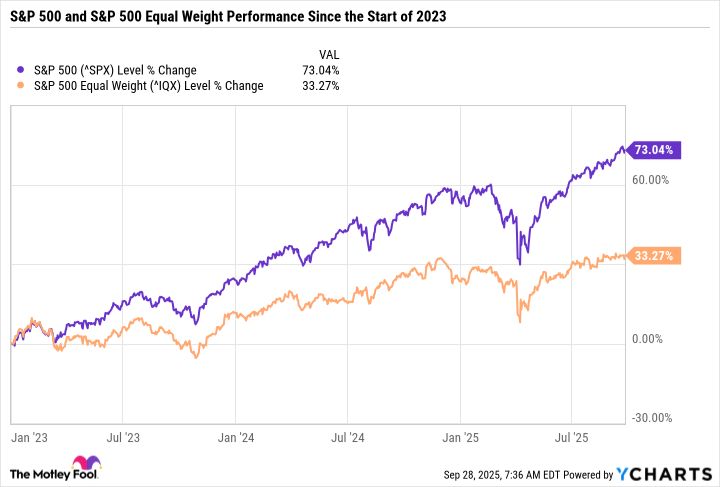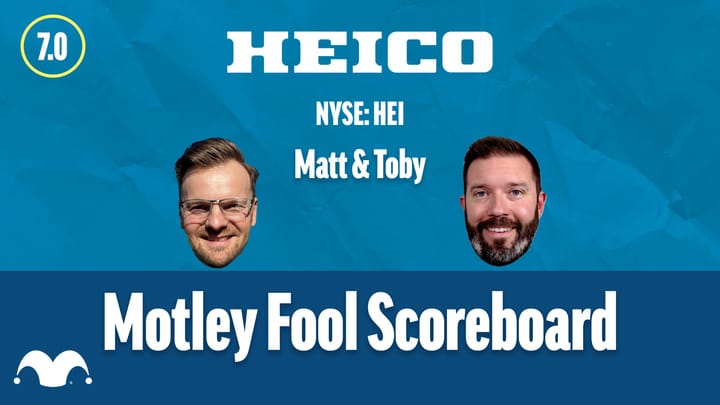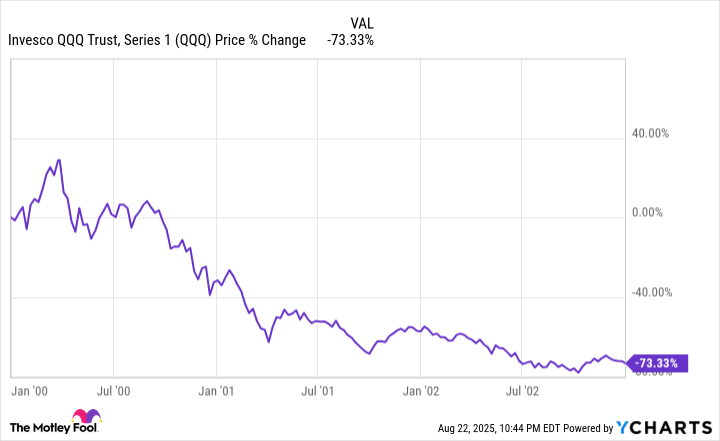Antiques Road Trip star Angus Ashworth has recalled a heartwarming moment in his career
Antiques Road Trip star Angus Ashworth left a guest “in tears” with a valuation after his wife’s cancer battle.
The BBC antiques expert and auctioneer, who currently appears on The Yorkshire Auction House, admitted that emotions often run high when dealing with the estate of a loved one who has passed away.
In an exclusive chat with the Express, Angus shared some touching experiences with owners of antiques.
He explained that while he often witnesses “incredible” reactions, there have been those who are “just in it for the money” over the years.
Angus revealed: “We’ve had a lot of good reactions. It’s usually people that are not doing it for the money. They’re doing it because they’ve got to clear the house, so they’ve never really considered the value. It’s just part of the process, then all of a sudden you tell them they’ve made £10,000.
“There’s been several like that where they’re absolutely speechless. We’ve had some incredible reactions. People genuinely do break down into tears,” reports the Express.
“On the telly, a chap’s wife was badly ill [with cancer] and he wanted to raise enough money to get a second-hand stairlift put in to help her mobility.
“He was hoping to raise £2,000 because that’s what he needed for the stairlift and we made him £9,000. He just couldn’t comprehend it.”
The TV auctioneer went on: “You’ve always got to be mindful when you step into a house. You’ve got to read the room, and read the client. Everybody’s situation is different – some of them, it’s very straightforward and businesslike.
“But what you’ve got to remember is even if something is not saleable, and doesn’t have a commercial value, it has a sentimental value. I’ve always gone by the mantra that whenever you talk about something, you’ve got to remember it belonged to somebody’s late father, mother, brother.
“That might be their prize item. You can be enthusiastic about something, just because it’s not [worth much commercially]. There’s a lot of empathy that’s got to be given, put yourself in their shoes.”
He added: “I suppose that’s partly why people get us in – because we can take a non-attached approach to it, we can just do the job. But there are odd stories you get where you go, ‘Ugh, that’s tough’.”
Angus then recalled meeting a woman who was moving to Spain to start a new life after her son had died.
“I’d not long had children at that point and I was [holding back tears]. Every once in a while you’re just… taken aback,” he said.
Angus further shared: “A slightly different one that hasn’t aired yet was a military veteran who was badly injured and suffered very badly with PTSD, and we were the first people he’d let in his house for 15 years. That was a different sort of emotional.
“He got us because we’ve got the military connection and he felt he could let us in – that was a massive step for him. It’s not always about people who are deceased. It’s a unique job.”
He concluded: “Then you get clients where it’s all about the money and they’re there to the penny, saying ‘You didn’t quite get what we were thinking’. Auctions are like that – some things will do better than expected, some things will do worse.”
Antiques Road Trip airs on BBC One and BBC Two. The Yorkshire Auction House is available to stream on Discovery+














